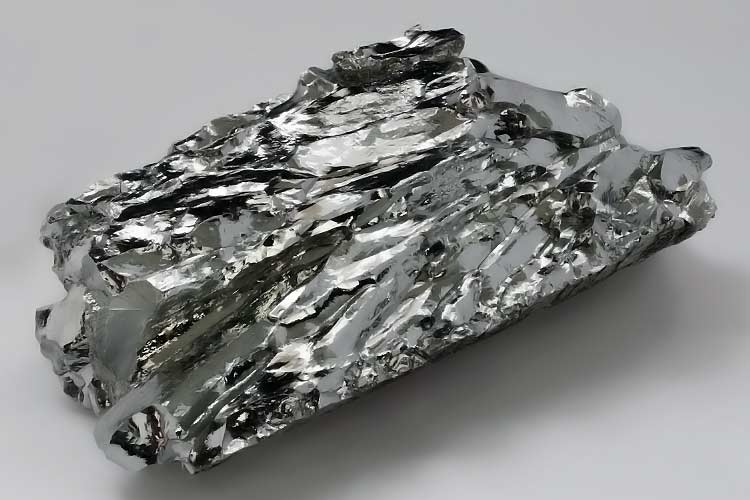Will Molybdenum Combine with Other Elements?

Will Molybdenum Combine with Other Elements?
Molybdenum. As shown in Table 2, the melting temperature of molybdenum is 695 degrees below that of tantalum. Because of its high melting point and relative abundance in the United States, it was the first of the refractory metals considered in this country for high-temperature structural applications. The primary use of molybdenum had been as an alloying element in steels and nickel-base alloys. However, several important alloys of molybdenum have now been developed that are among the best for use above 1600 F on the basis of strength-density ratios.

Will Molybdenum Combine with Other Elements?
As with the other refractory metals, molybdenum oxidizes rapidly in air at elevated temperatures. Therefore, the use of molybdenum and its alloys for any length of time at elevated temperatures requires protective atmospheres, vacuum systems, or coatings. Considerable work has been done on protective coatings for molybdenum components, as discussed in a later section.
Molybdenum metal is obtained as a powder by a hydrogen-reduction reaction which is the last step in a series of recovery processes. The procedures for hydrogen reduction, sintering, and casting of molybdenum are similar to those used for tungsten. In spite of rapid oxidation in air, molybdenum forgings and other hot-worked products have been made successfully j19 in air.
In the hot-cold working of molybdenum, the resulting fiber structure has better strength and ductility than does the annealed recrystallized material. For this reason, the hot-cold worked condition is desired for applications in which the service temperature is below the recrystallization temperature.

Molybdenum targets
The fact that molybdenum may be formed and machined to desired shapes by most fabricating processes adds to its attractiveness for ultra-high-temperature structural applications. Many such applications are experimental at the present time. Molybdenum is being considered for ramjet engines, hypersonic vehicles, etc.
Molybdenum has been used for many of the same applications as tungsten where the temperatures involved are not so high as to require the temperature resistance of tungsten. These applications include electrical contacts, electrodes, electronic components, and rocket nozzles.
In applications where resistance to high temperature is of primary concern within the useful temperature range for molybdenum, either pure molybdenum or molybdenum-tungsten alloys may be used. For increased strength and creep resistance over pure molybdenum, the following alloys are of interest:
Mo-0. 5Ti
Mo-i. 25Ti-0. 15Zr
Mo-0. 5Ti-0. 08Zr
Mo-0. 5Zr
Mo-0. 5Ti-0.1Zr
Mo-30W
Conclusion
Thank you for reading our article - Will Molybdenum Combine with Other Elements? and we hope it can be helpful to you. If you want to know more about molybdenum and other refractory metals, you can visit Advanced Refractory Metals for more information. We provide our customers with super high-quality refractory metals at a very competitive price.
{{item.content}}
LEVE A REPLY
{{item.children[0].content}}
{{item.content}}






